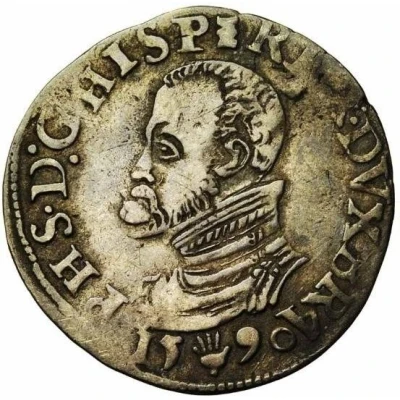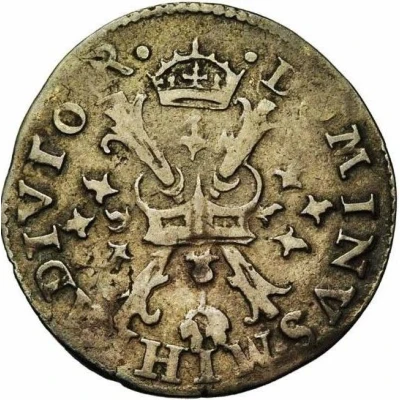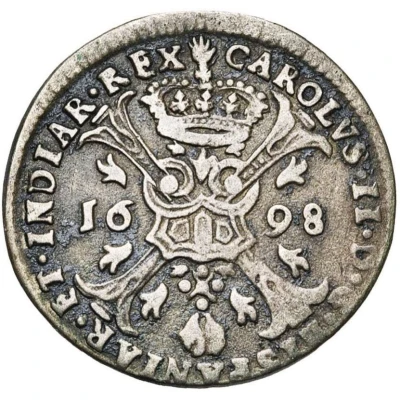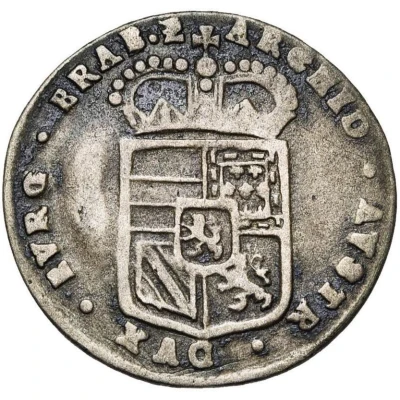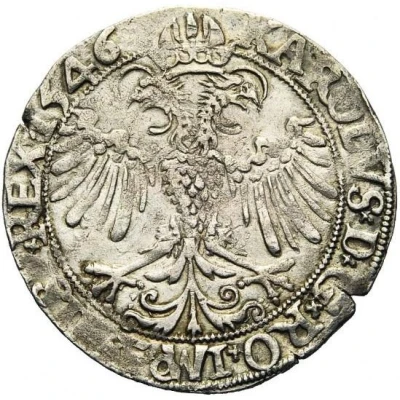
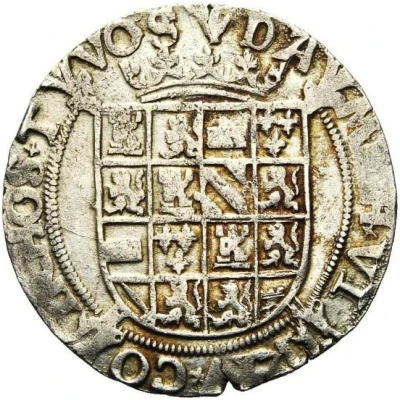

© Jean Elsen & ses Fils s.a.
4 Stivers "Vlieger / Krabbelaar" - Charles V
| Silver (.618) | 6.12 g | 33 mm |
| Issuer | Spanish Netherlands (Duchy of Brabant, Belgian States) |
|---|---|
| King | Charles V (1506-1555) |
| Type | Standard circulation coin |
| Years | 1536-1553 |
| Value | 4 Patards (Stuivers) (⅕) |
| Currency | Gulden (1506-1713) |
| Composition | Silver (.618) |
| Weight | 6.12 g |
| Diameter | 33 mm |
| Shape | Round (irregular) |
| Technique | Hammered |
| Orientation | Coin alignment ↑↓ |
| Demonetized | Yes |
| Updated | 2024-10-04 |
| Numista | N#100290 |
|---|---|
| Rarity index | 85% |
Reverse
Crowned sixteen-fold arms over a Burgundian cross. Mintmark (hand) at end of legend.
Script: Latin
Lettering: DA MICH VIRTV COTR HOS TVOS
Comment
By ordenance of August 11, 1536, the first heavy silver coin was introduced, the vlieger or 4 stuiver (Dutch). Also known as 4 patards (French). Small variations in abbreviation of both obverse and reverse legends exist.
Interesting fact
One interesting fact about the "Vlieger / Krabbelaar" coin is that it was minted during the reign of Charles V, who was the ruler of the Holy Roman Empire and King of Spain. This coin was part of a series of coins minted during his reign, which featured a unique design that included a shield with the coat of arms of the Duchy of Brabant on one side and the image of a flying eagle on the other. The coin was made of silver and weighed 6.12 grams, making it a significant piece of currency during that time period.
